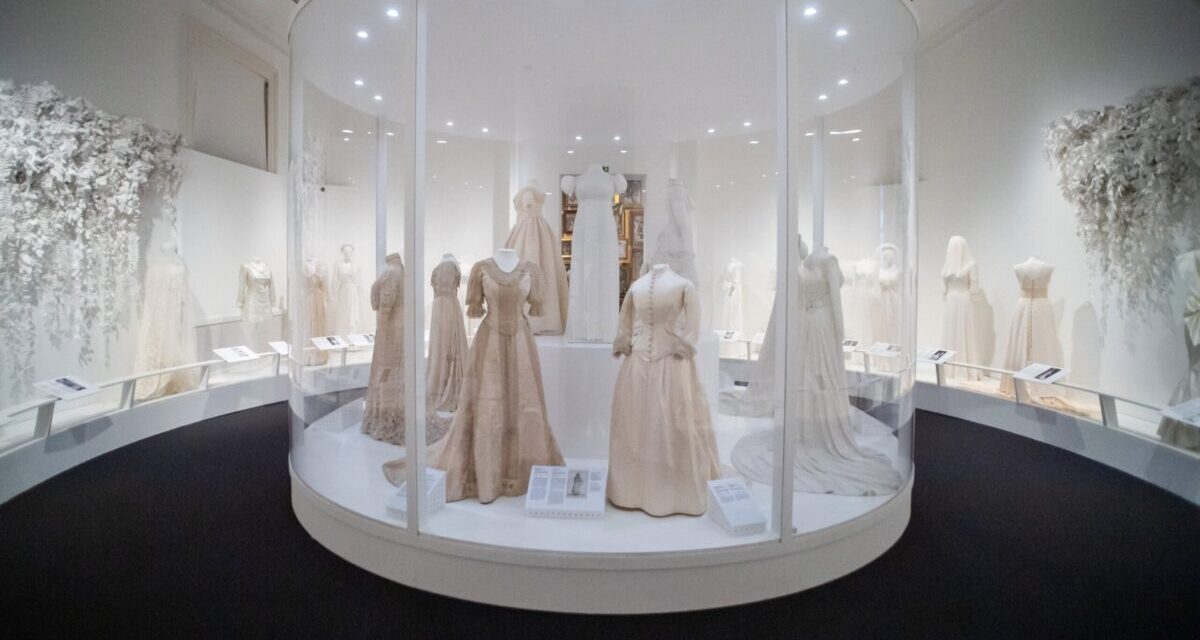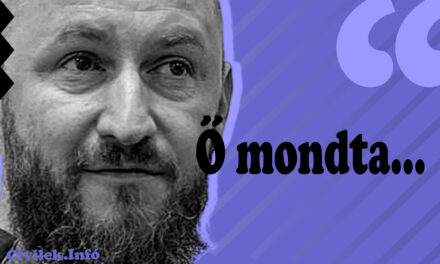The harrowing, novel-like stories of hundreds of well-known and many unknown women come to life through their fearfully guarded clothes, accessories, and love letters in the Hungarian National Museum's new exhibition.
The Hungarian Bride is a special exhibition: on the one hand, it presents the relationship of women to social relationships going back five hundred years, and on the other hand, the brides of today can also be among us in the online space of the exhibition and in the museum, said the Parliamentary State Secretary of the Ministry of Culture and Innovation in Budapest on Wednesday.
In her speech at the ceremonial opening of the new temporary exhibition of the Hungarian National Museum, Eszter Vitályos emphasized that the exhibition presents the history of marriage in a social, cultural and religious coordinate system.
"All this by taking into account the role and significance of clothing, accessories, and household items in addition to life situations. In addition, the exhibition is both historical and modern," said the state secretary, adding:
over time, one thing in marriage has not changed much, the vow, that is, in the past and still today, we pledge loyalty, perseverance and care to each other.
The State Secretary emphasized that the Hungarian government supports young newlyweds, those about to start a family and mothers most of all.
"The most important thing in marriage is that we promise each other loyalty, perseverance and care. This should characterize a person as a social being," he emphasized.
Judit Hammerstein, acting general director of the museum, spoke about how, in the large-scale exhibition "The Hungarian Bride", the stories of hundreds of well-known and many unknown women come to life through their carefully guarded clothes, accessories, and love letters. He added: meanwhile, the past five hundred years of Hungarian social history is unfolding in the background.
The colorfully illustrated exhibition sheds light on how the role of women has developed over the centuries, and it also reveals that the role of women may have been more important than is otherwise apparent from various historical studies, said Judit Hammerstein.
He noted that the creation of the exhibition was not only due to museologists, historians, and art collectors,
since the Facebook page of the Hungarian bride project now has more than 11,000 members.
He also thanked Judit Hammerstein's predecessors, Benedek Varga and László Simon László, for the realization of the exhibition, since the idea came from the head of curator Ildikó Simonovics ten years ago.
Fashion historian and museologist Ildikó Simonovics emphasized: at the time, he imagined the Hungarian bride exhibition exactly as it was finally realized.
Ildikó Simonovics told the press at the afternoon tour of the exhibition held before the opening that more than five hundred donated objects have been sent to the exhibition from the Facebook group that was established three years ago, and in addition, 1,400 wedding photos have been included in the exhibition's database so far - anyone can upload their own photos to this until the exhibition closes. The success of the Facebook group also shows that people are looking for their roots, he added.
The Hungarian Bride exhibition presents fifty Hungarian women's stories from the past half-millennium on 800 square meters.
You can see, for example, Kata Bethlen's 16th-century suit, Aleksandra Pavlovna's tableware, which she took as a dowry for her marriage to the Palatine József, the wedding dress used in 1522, considered to be the oldest, or the headdress of Catherine of Brandenburg, for example.
Many old wedding objects and wedding gifts can be admired, the visitor can look at IV. In the film of the wedding of Károly and Zita, a recording of a Jewish wedding in 1925, you can see a snapshot of the wedding gift list of Otto and Regina Habsburg or 77 framed bridal wreaths on the wall of wedding memories.
The Hungarian Bride exhibition was opened by the writer Zsolna Ugron, and the master of ceremonies of the event was the storyteller András Berecz.
MTI













